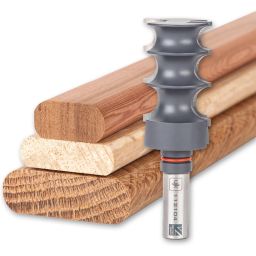IrishPsych
Member
- Joined
- Feb 27, 2019
- Messages
- 13
Anyone know what imperial round over or metric bit, that's available in the states, I can use to make my own domino tenons?
The Woodpecker bits are too $$$.
I can't conceptualize the math in imperial size round over bits that will work for 8mm or 10mm dominoes.
UJK has an interesting bit I'll probably settle on, just seeing what others do.
I want to make my own so I can do through / exposed dominoes.
The Woodpecker bits are too $$$.
I can't conceptualize the math in imperial size round over bits that will work for 8mm or 10mm dominoes.
UJK has an interesting bit I'll probably settle on, just seeing what others do.
I want to make my own so I can do through / exposed dominoes.









